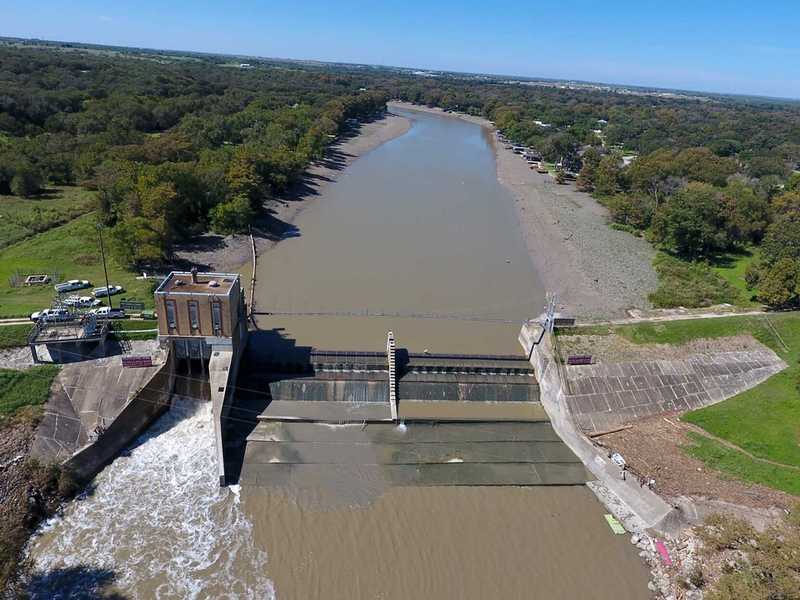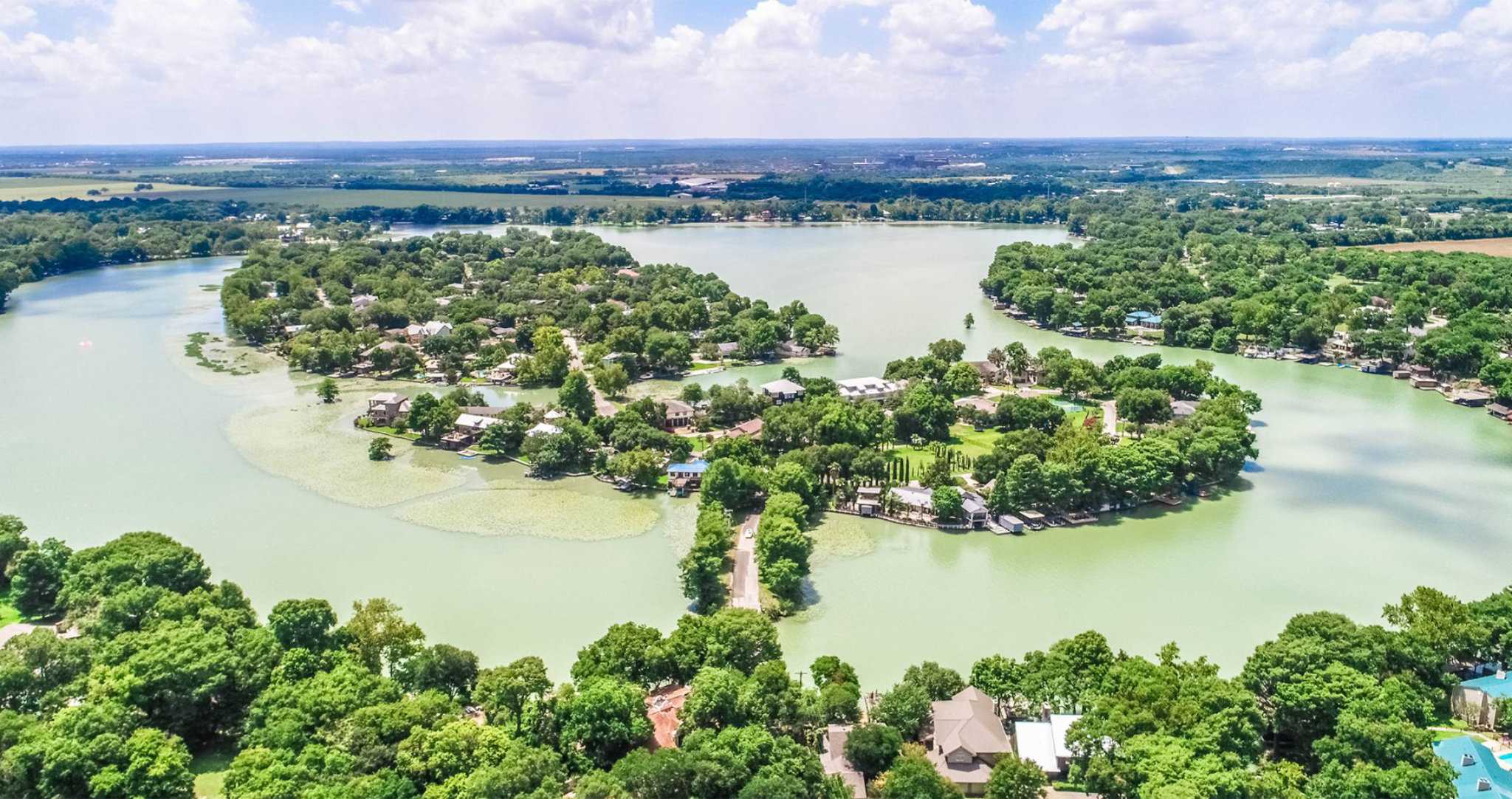Article courtesy of Dalondo Moultrie and The Seguin Gazette Oct 31, 2021
Due to risks associated with attempts to repair the Lake Placid dam, Guadalupe-Blanco River Authority leadership has decided against repairing a failed spill gate at this time.
The gate malfunctioned after it was lowered during the Oct. 14 flooding event, and officials say it will remain lowered until the project to replace the aging spill gates at the dam is completed, Guadalupe-Blanco River Authority officials said Friday in a released statement.
“While we are disappointed that we cannot safely attempt to resume spill-gate operations at Lake Placid, the plan to complete the necessary replacement of the spill gates is already underway thanks to collaboration with the Lake Placid WCID (Water Control Improvement District), Citizens United for Lake Placid, and the Lake Placid community,” Guadalupe-Blanco River Authority General Manager and Chief Executive Officer Kevin Patteson said. “We have already finalized the engineering design for the Lake Placid restoration project and we expect construction to begin early next year.”
Lake Placid homeowners formed a Water Control and Improvement District in April 2020 as part of efforts to address aging and deteriorating dam facilities, including replacing spill gates. Voters approved the Water Control and Improvement District on Nov. 3 last year and worked with the Guadalupe-Blanco River Authority to secure $40 million in Texas Water Development Board Clean Water State Revolving Fund program money for the job.
The gate failed to raise after operators lowered it in response to flooding caused by recent rains, Guadalupe-Blanco River Authority Executive Manager of Engineering Charlie Hickman said in an update to the authority’s board delivered at the October board meeting.
Engineers took several days to inspect the spill gate and determined no outside problem contributed to the gate’s malfunction, he told the board.
“We are confident that water is getting to the gate. The issue would not be with the controls,” Hickman said. “It would be with the gate itself.”
Steel at the gate might have worn down and caused it to lose its structural strength, he said. Further attempts at raising the gate could be dangerous, Hickman said.
Engineering is complete at the Lake Placid dam as well as for spill-gate replacement at Lake McQueeney, he said. However, not having received permission for repairs from the United States Army Corps of Engineers threatens to delay the projects, Hickman said.
The Corps of Engineers has not approved the permitting process Guadalupe-Blanco River Authority used for the project and is requesting the authority use another, longer approval process, he said.
The difference is between a 45-day turn around time and a 120-day undefined timetable, Hickman said.
“Just looking, if they were able to meet the 120-day goal, we had planned on bidding this project coming up next month in November,” he said. “Assuming the 120-day goal is met, that could slide the project potentially back as far as February. If the goal is not met, even further beyond that.”
The spill gates at Lake Placid were lowered to pass flows of more than 15,000 cubic feet per second downstream on Oct. 14. During early morning operations, spill gate No. 2 was partially lowered. It became unresponsive and would lower no further, Guadalupe-Blanco River Authority said.
Then the gate dropped to the fully lowered position and would not respond to operational efforts to raise it, the authority said.
The lowered gate continued to drain water from the lake. Guadalupe-Blanco River Authority officials have said for years that spill gates need to be replaced at all of its hydroelectric dams in the Guadalupe Valley lakes system.
Dam spill gate failures have led to four of the six lakes in the system dewatering. It began in 2016 with Lake Wood, then Lake Dunlap in 2019. Lake Gonzales and Lake Placid are the more recent casualties, both of which had spill gates fail this year.

